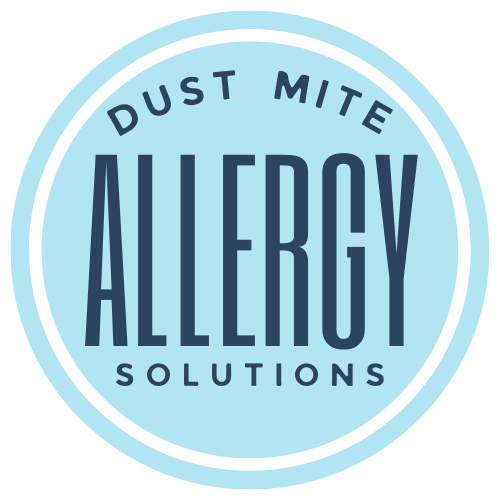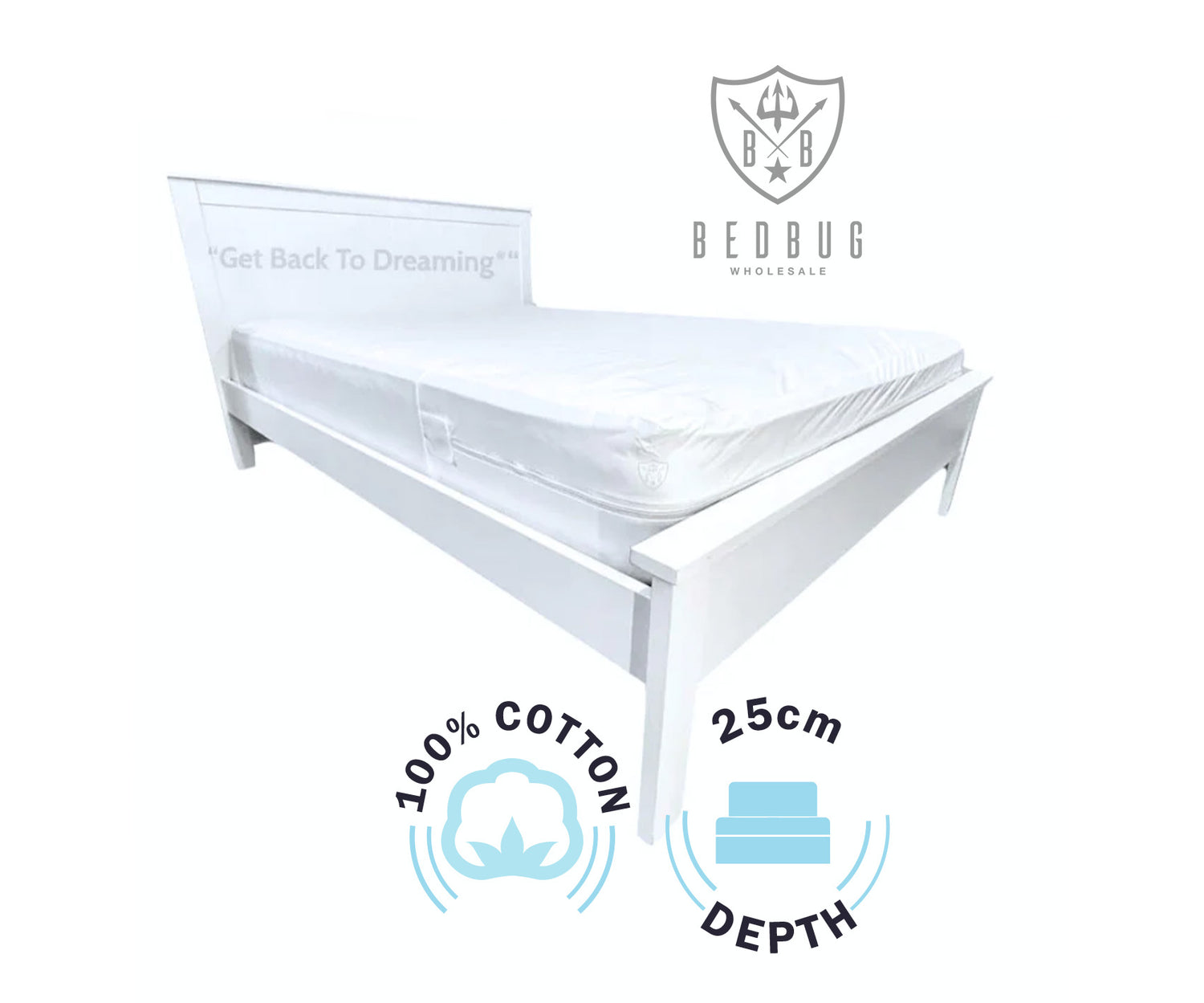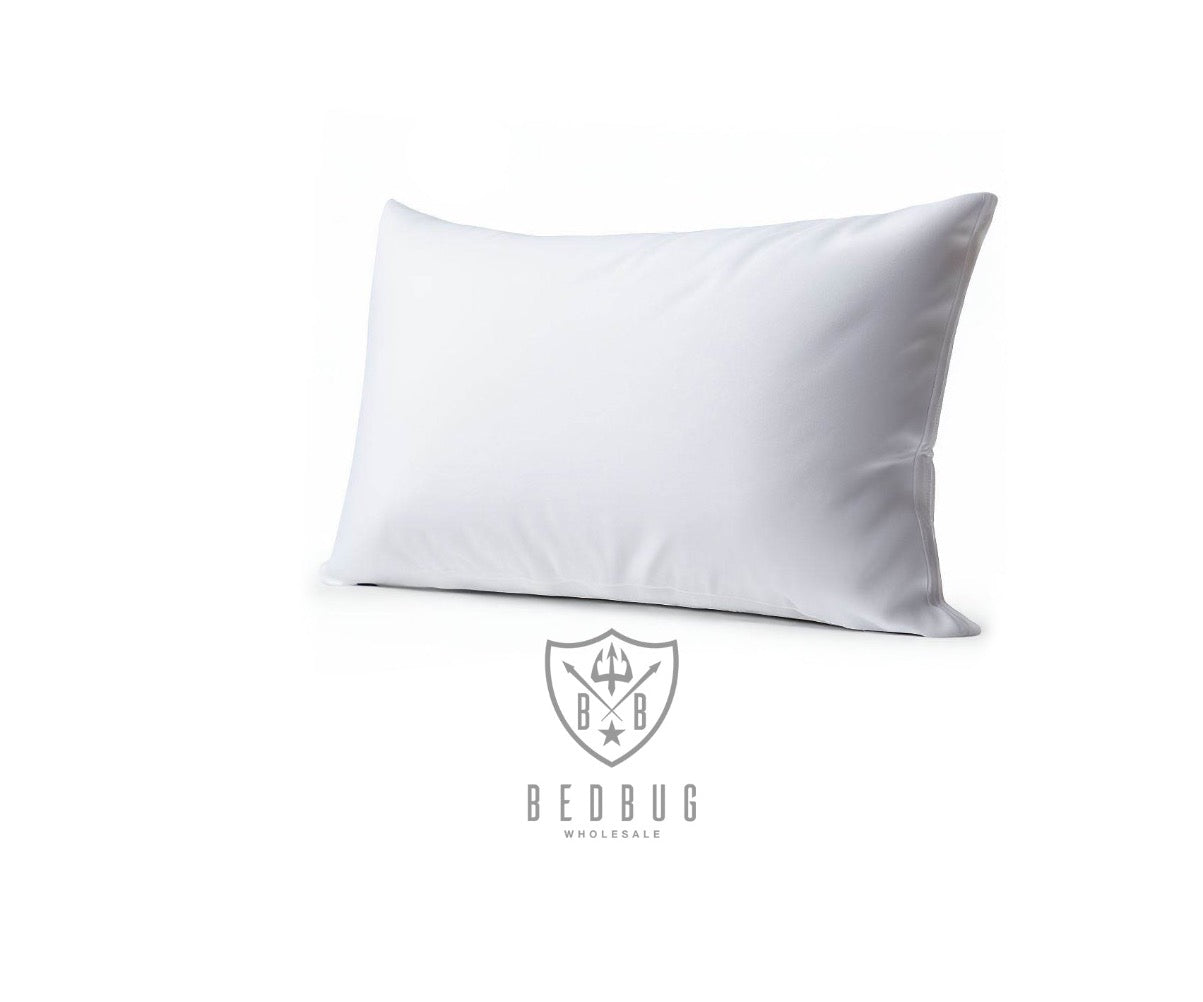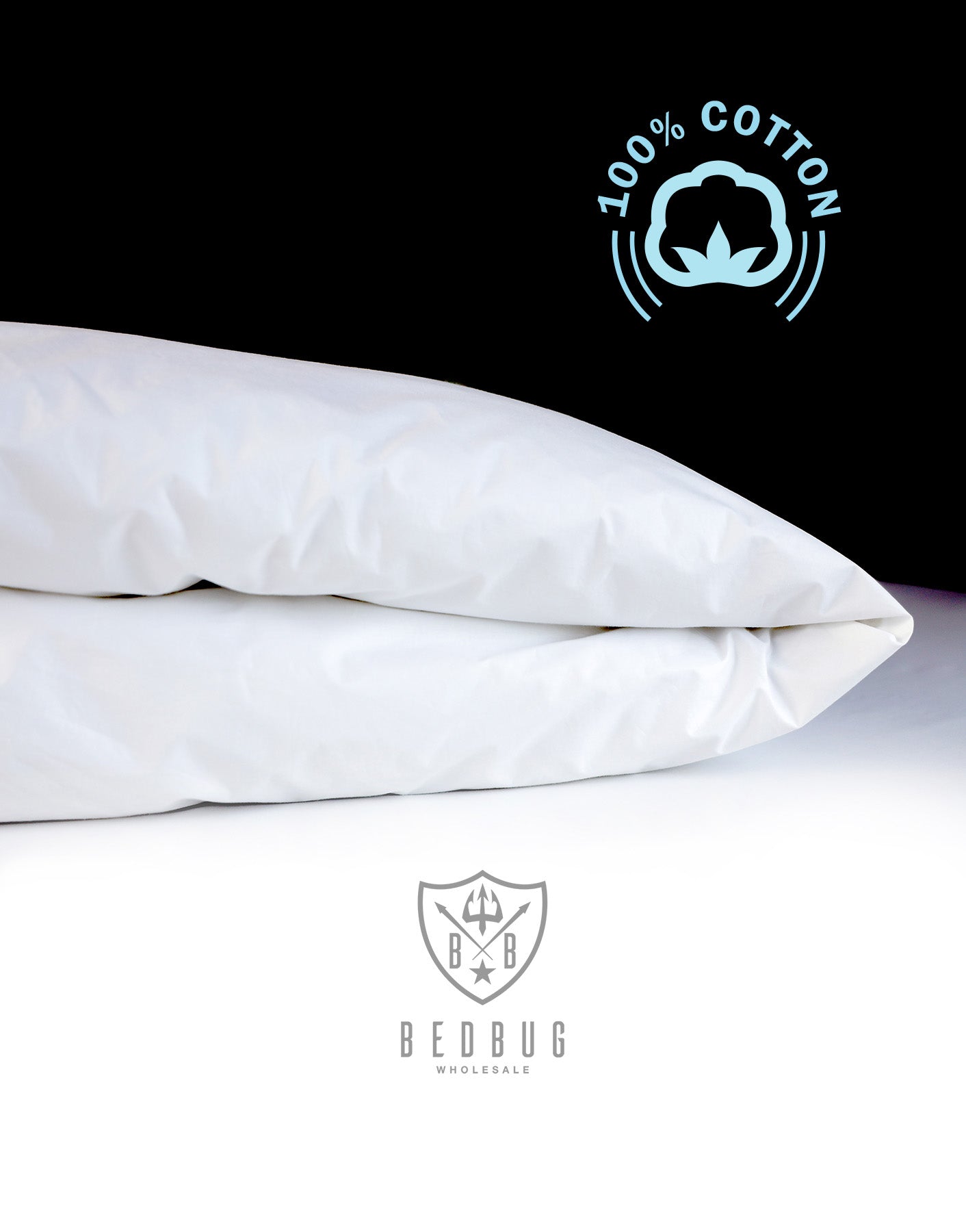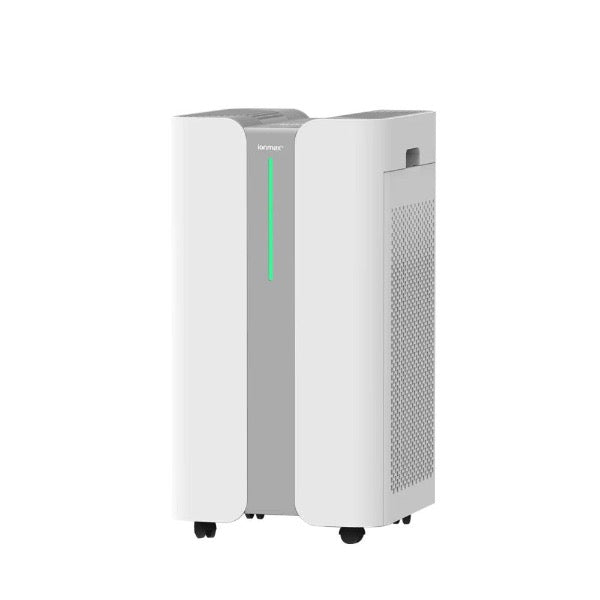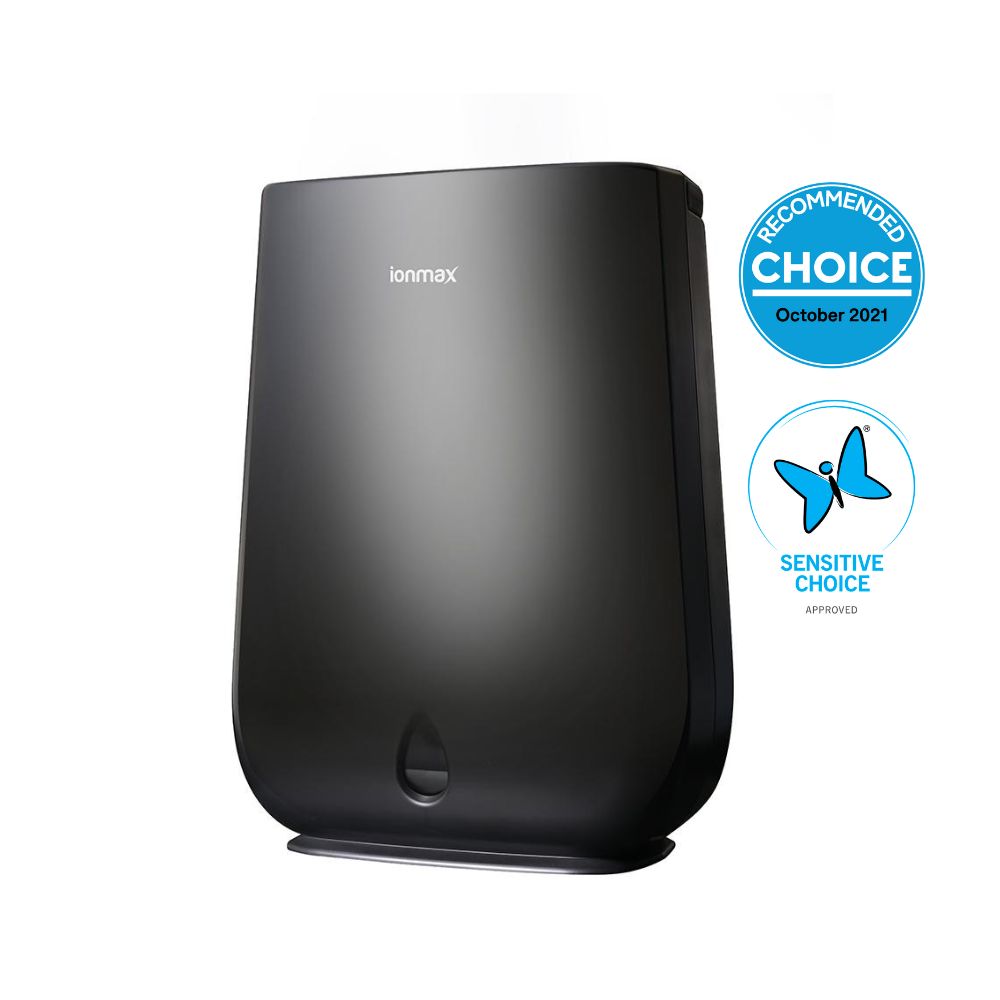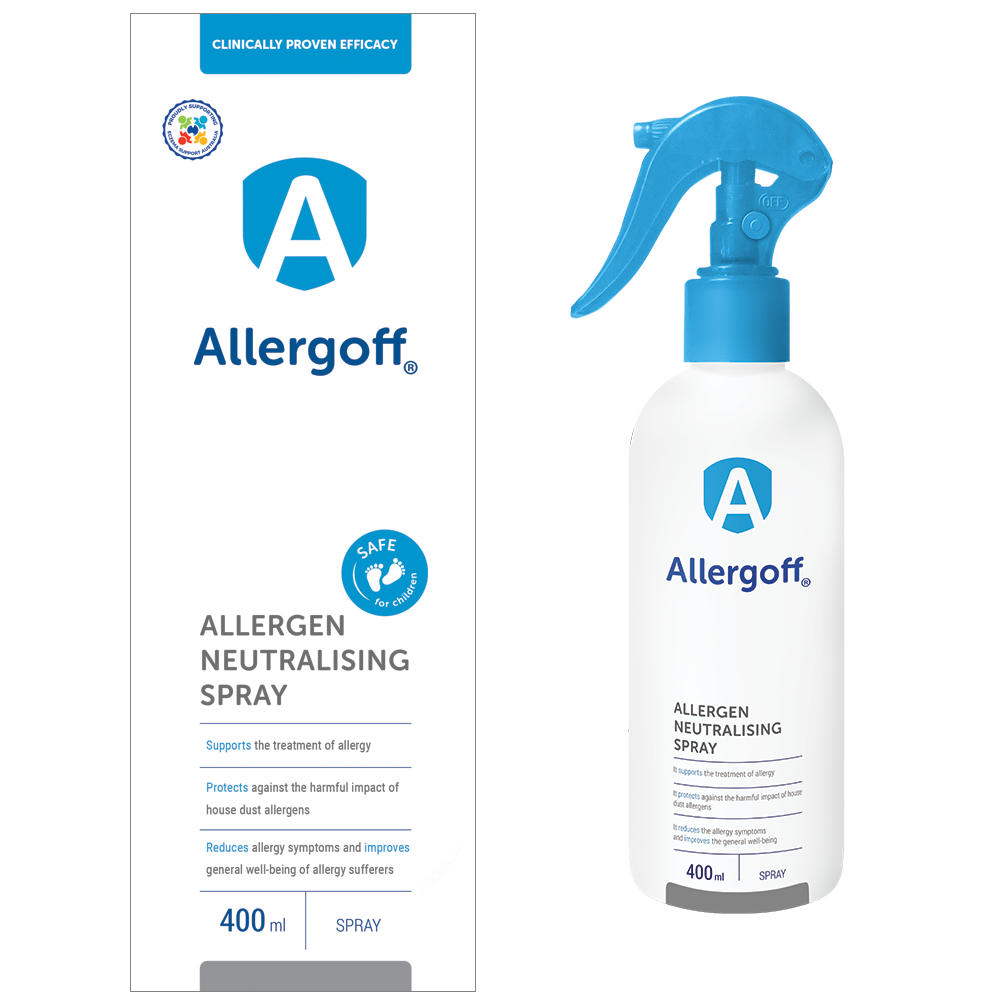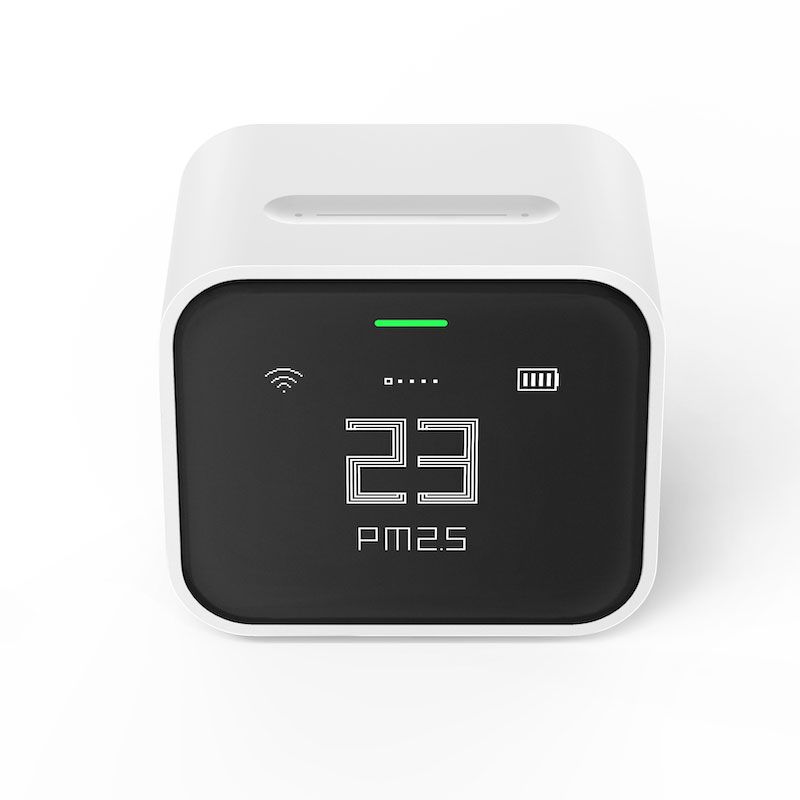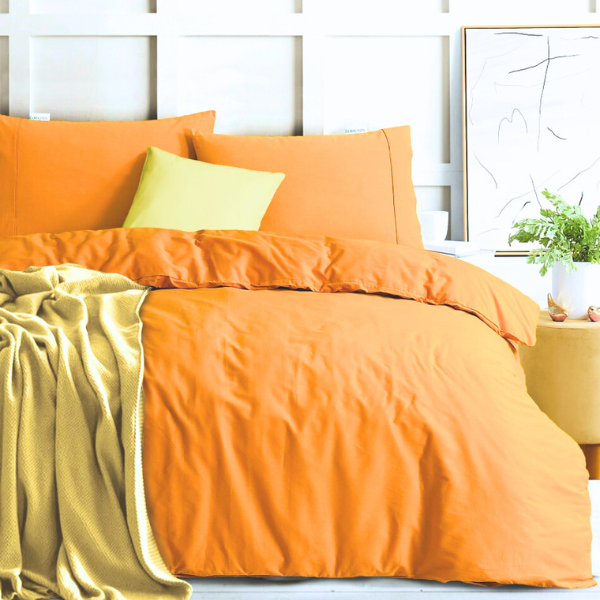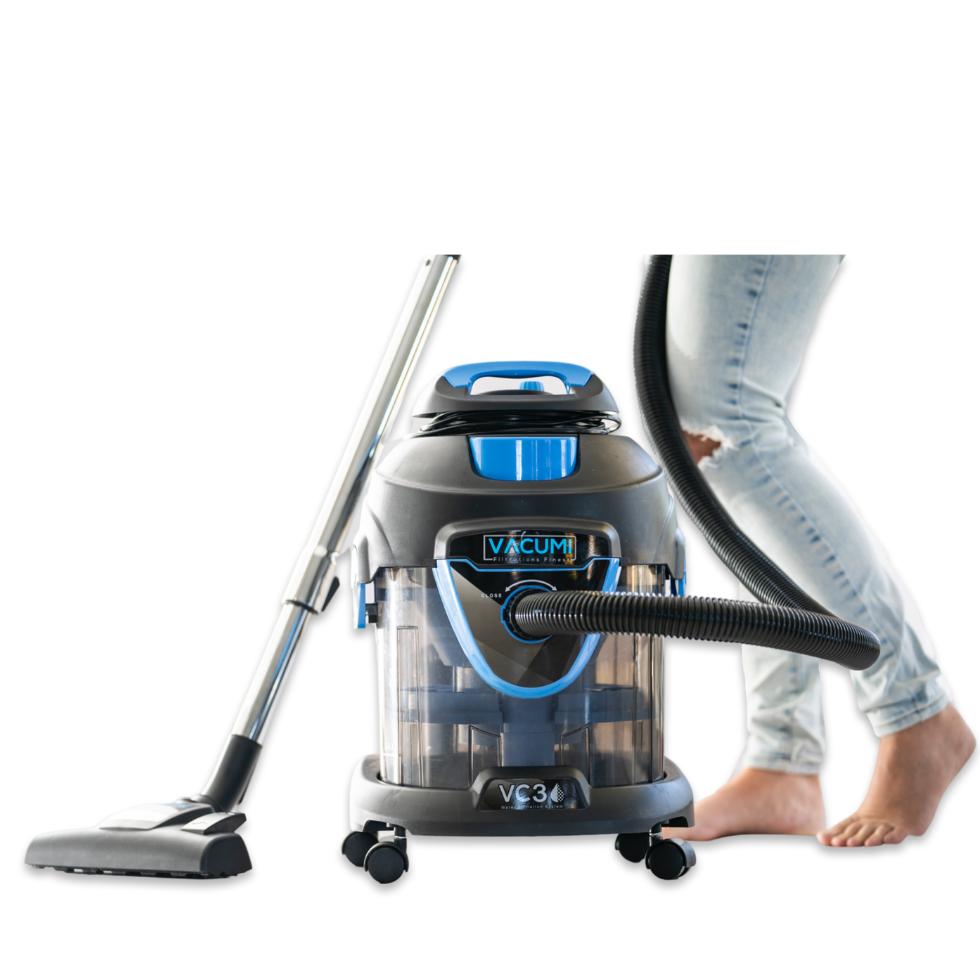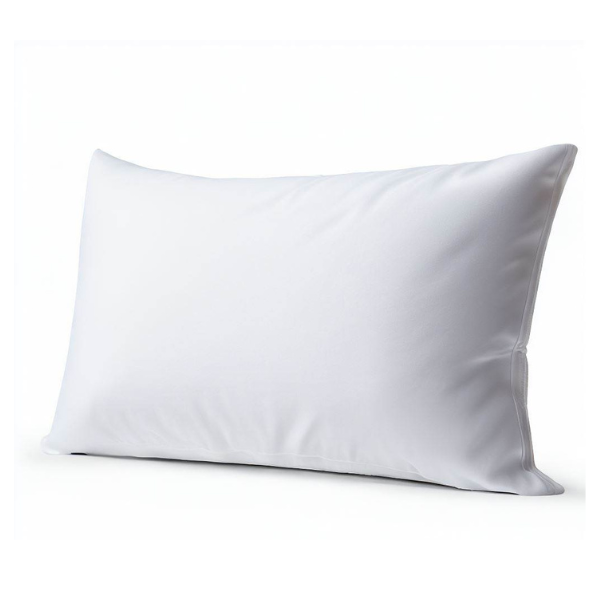Disclaimer: This post contains affiliate links, which means I may receive a commission if you click on a link and make a purchase. This comes at no additional cost to you. My opinions are my own, and I only recommend products or services I believe will add value to the readers.
Have you heard of a water filter vacuum?
After discovering that my youngest is allergic to dust mites, I've had to rethink the whole cleaning routine at home. It's no longer just a chore; it's about making sure the air she breathes isn't making her miserable.
When we first discovered the allergy, I did a lot of reading about dust mites. How do you fight something you can't even see and that is all around you?
Suddenly, I was no longer just a mum; I became a dust mite bounty hunter, armed with cleaning tools and determination.
After implementing dust mite mattress protector, I also got pillow and duvet covers, then my next step was looking at vacuums and air purifiers for dust mite allergies.
Our usual go-to for vacuuming has been the Dyson V7 stick vacuum. However, it's not specifically designed for allergy sufferers.

I’d never heard of a water filter vacuum before and wasn’t sure how it works and what to expect. Until I found out that this vacuum was not just another tool; it was a game-changer!
How to choose a vacuum cleaner for allergies
When buying a vacuum cleaner for allergies, I was looking at three things:
- It should have a HEPA filter to trap allergens
- It should not release allergens back into the air
- It must have strong suction
Vacumi VC water filter vacuum ticked all three the boxes.
How do water filter vacuum cleaners work?
A water filter vacuum works by using water as a filter to capture dust and allergens as it cleans.
This is particularly beneficial for anyone with allergies, as it helps cut down on allergens and particles being released back in the air that can trigger allergies.
Is water filter vacuum any good?
This vacuum packs a punch! Compared to my Dyson V7 stick vacuum, the Vacumi VC3 could practically suck the chrome off a bumper. It comes with a handy suction adjuster so you can dial it down from "hurricane" to "gentle breeze" in no time.

It also comes with a number of attachments, which, admittedly I have not used a lot. Unlike typical vacuums, the Vacumi VC3 can also handle liquid messes, so you can vacuum dry and wet areas.
You can also plug the hose into the back of the Vacuum Cleaner (exhaust port) and you can use it as a blower!
How to use water filter vacuum Vacumi

- Fill the water tank: Start by filling the vacuum's water tank. Ensure the water level is between the Min and Max on the markers, the inlet should be under water. This water acts as a trap for dust, mites, and other allergens, preventing them from recirculating into the air.
- Assemble it: Make sure the lid is properly clicked in place and sits securely. (Double check this as you don't want it to come off while you are vacuuming).
- Connect the hose: Plug in the vacuum hose.
- Ready to vacuum: Your Vacumi VC3 is ready to tackle dust mites and allergens throughout your home.
How to clean Vacumi VC3

Cleaning it post-use is not pretty but is straightforward.
- Open the vacuum: You will have to lift out the blue plastic cylinder that holds the two filters. I would recommend doing this outside.
- Empty the water tank: Immediately after each use, empty the water tank.
- Rinse the tub: Give the tub a thorough rinse to wash away any residual dirt. Using the garden hose outside is quick and effective.
- Wash the foam filter: Clean the foam filter under running water. Regular washing helps maintain strong suction and prevents the buildup of allergens and bacteria.
- Rinse all dusty parts: Any other parts that have come into contact with dust. This step is crucial for keeping the air output from your vacuum as clean as possible.
Tips: Clean the vacuum thoroughly after each use. Don't leave dirt sitting in it. It is much easier to clean the vacuum outside using a hose to get rid of the bulk of the water and muck and giving it a quick rinse (don't get too carried away spraying water on the top part where the motor is, just wipe it down).
After rinsing, I spray diluted eucalyptus oil solution inside the tub to eliminate dust mites and germs. Make sure it's completely dry before reassembling and storing to prevent mould and bacteria growth. I usually leave it in the sun for a while to dry.
In an ideal world, find someone who is not allergic to mites to clean the vacuum afterwards as some dust can settle on the blue drum part that has to be lifted out for the vacuum to be cleaned.
What are the downsides
This water filter vacuum is larger and bulkier than stick vacuums, but it's designed for a specific purpose - allergen removal.
Be sure to clean it after each use. Speaking from experience: I once got distracted by the doorbell, stowed the vacuum away, and forgot about it for a week. Trust me, unless you want to create your own mini biohazard, clean it right away!
To empty the water, you’ll need to remove a blue part of the vacuum, which can get messy and dusty. I highly recommend doing this outside to avoid any spills or mess indoors.
Other tips
One hot tip - make sure you have clicked the top on properly before or you might have a water feature in the middle of your room. Hasn't happened to me but it could easily happen.
Also, it would be easy and natural to drag it by the hose when vacuuming and moving through the house but I am careful to do it by actually moving the tub to extend the life of the hose and not to damage it so allergens can escape through the hose.
Why I think Vacumi VC 3 is the best vacuum for allergies in Australia
In my opinion, Vacumi VC3 is the best allergy vacuum cleaner in Australia for the price because it offers 3 filters: including water filtration, HEPA and foam filter making sure that no allergen escapes back into the air. It has strong suction and comes at a great price point.
Vacumi VC3 is designed with a specific focus on allergen removal. Daily vacuuming with the water filter vacuum has significantly improved our air quality at home. This has been really important in reducing allergens.
Water filter vacuum cleaner vs stick vacuum
The Vacumi VC3 excels with its strong suction and triple-filter system that captures allergens effectively. While it’s heavier and needs regular cleaning that takes more effort, it outperforms the more portable stick vacuums, which are easier to move but may fall short in deep cleaning.
Besides the obvious size difference, the Vacumi VC3, being heavier and equipped with a water tank, offers unparalleled cleaning power.
It effectively traps dust, allergens, and even liquid spills, making it a great choice for thorough home cleaning, especially if you are dealing with indoor allergens.
The suction power of the Vacumi is far superior to that of a stick vacuum, but it does require cleaning after every use, which can take a bit more time.
On the other hand, stick vacuums are more mobile. Being lightweight and often cordless, they are easy to use, perfect for quick cleanups, and ideal for reaching high places. However, they may require frequent recharging and often need outlet changes to cover larger areas.
In comparison, the Vacumi VC3, though bulkier and requiring occasional plugging and unplugging due to its 10m cable, compensates with significantly stronger suction power and the ability to handle a wider variety of messes.
Water filter vacuum cleaner vs bag vacuum
Water filter vacuums, like the Vacumi VC 3, trap dust and allergens in water, improving air quality and helping allergy sufferers. In contrast, bag vacuums are lighter and easier to manage but may let particles escape and need more upkeep.
Water filter vacuums and bag vacuums offer different approaches to handling household dust and allergens.
Water filter vacuums, such as the Vacumi VC 3, utilise water as the primary filtration method, trapping dirt, dust, and allergens in a water basin as air passes through.
This not only prevents particles from being re-released into the air, but also makes these vacuums particularly suitable for allergy sufferers.
In contrast, bag vacuums collect dirt in a disposable or reusable bag, which can allow fine particles to escape back into the air if not properly sealed or if the bag is of lower quality.
While bag vacuums are often lighter and easier to handle compared to their water-filtered counterparts, they typically require more frequent maintenance in terms of bag replacement and may not be as effective in reducing airborne allergens.
Water filter vacuum vs HEPA vacuum
Water filter vacuums, like the Vacumi VC 3, use water as a natural filter to trap dust, dirt, and allergens, ensuring that these particles are contained and not released back into the air.
HEPA filter vacuums are equipped with High-Efficiency Particulate Air filters capable of trapping 99.97% of particles as small as 0.3 microns.
The standout feature of the Vacumi VC3 is its unique combination of a water filter with a HEPA filter. This powerful duo is fantastic for allergy sufferers, offering an exceptional level of air purification.
Water filter vacuum cleaner for sale in Australia
Dust Mite Allergy Solutions now features the Vacumi VC 3 water filter vacuum in its online store.
